We’ve wrapped up our live coverage for the day. Read more about the launch here, or scroll through the posts below to relive the test flight as it happened.
SpaceX already has more Starships built
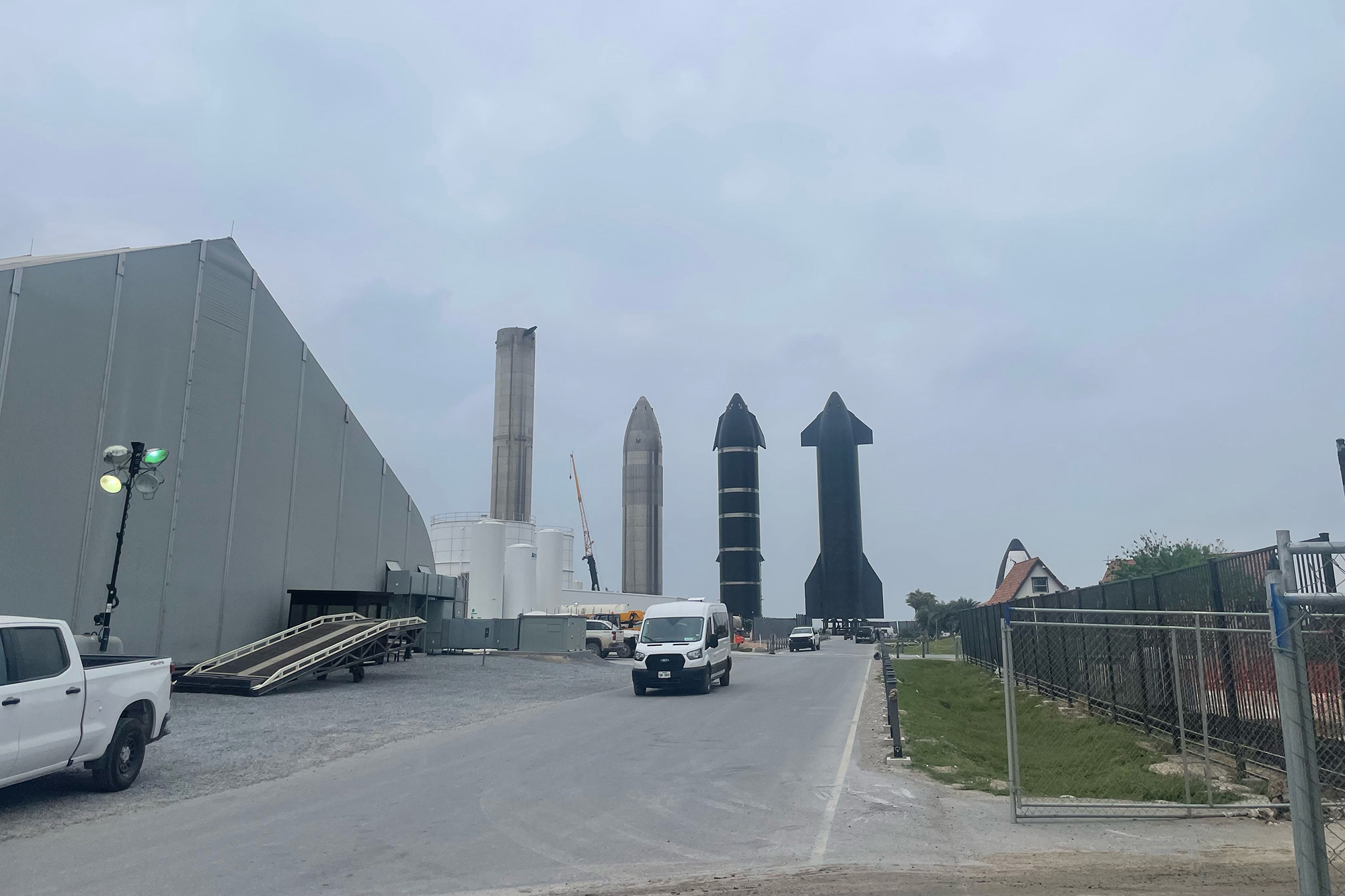
SpaceX is OK with discarding rockets after flight in the early stages of development.
That’s because the company uses a completely different approach to rocket design than, say, NASA. The latter focuses on building one rocket and strenuously designing and testing it on the ground before its first flight — taking years but pretty much guaranteeing success on the first launch.
SpaceX, however, rapidly builds new prototypes and is willing to test them to their breaking point because there’s usually a spare nearby. During a drive by the company’s facilities on Thursday — three Starship spacecraft and one Super Heavy booster could be seen from public roadways.
The launchpad appears to have avoided a “rock tornado”
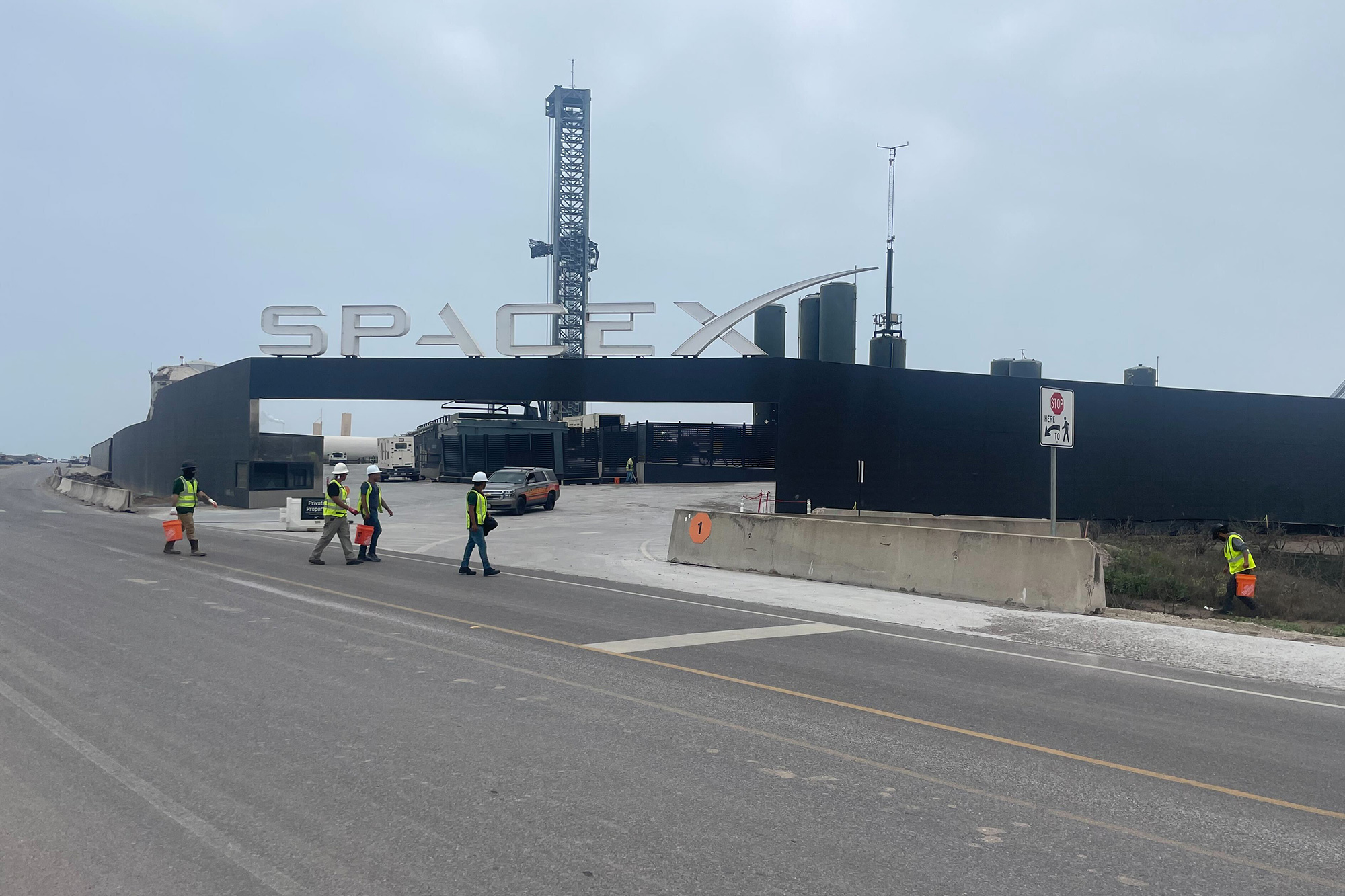
During a visit to the Starship launchpad after Thursday’s test flight, at least a dozen workers in reflective vests could be seen collecting debris, piling pieces into orange buckets.
The launchpad itself appeared to be in good shape. Before SpaceX’s last test flight in November, the company installed a water deluge system designed to shoot more than 300,000 gallons of water up toward the Super Heavy booster to dampen the blow of the vehicle’s massive engines.
SpaceX installed the feature after the first Starship launch in April 2023 tore the pad to bits and created what Elon Musk called a “rock tornado.”
SpaceX competitor Blue Origin offers congratulations on Starship launch
Jeff Bezos’ Blue Origin congratulated Elon Musk’s SpaceX in a post on X, formerly Twitter, after Starship’s launch on Thursday.
The two billionaires and space industry rivals regularly top lists of the world’s richest people.
In December, Blue Origin’s tourism rocket New Shepard — designed to vault paying customers on brief trips to the edge of space — successfully launched on an uncrewed science mission from a private ranch in western Texas.
And in July 2021, Amazon founder Bezos himself launched into space on an 11-minute ride aboard a Blue Origin spacecraft he funded.
Regulators will oversee routine “mishap investigation”
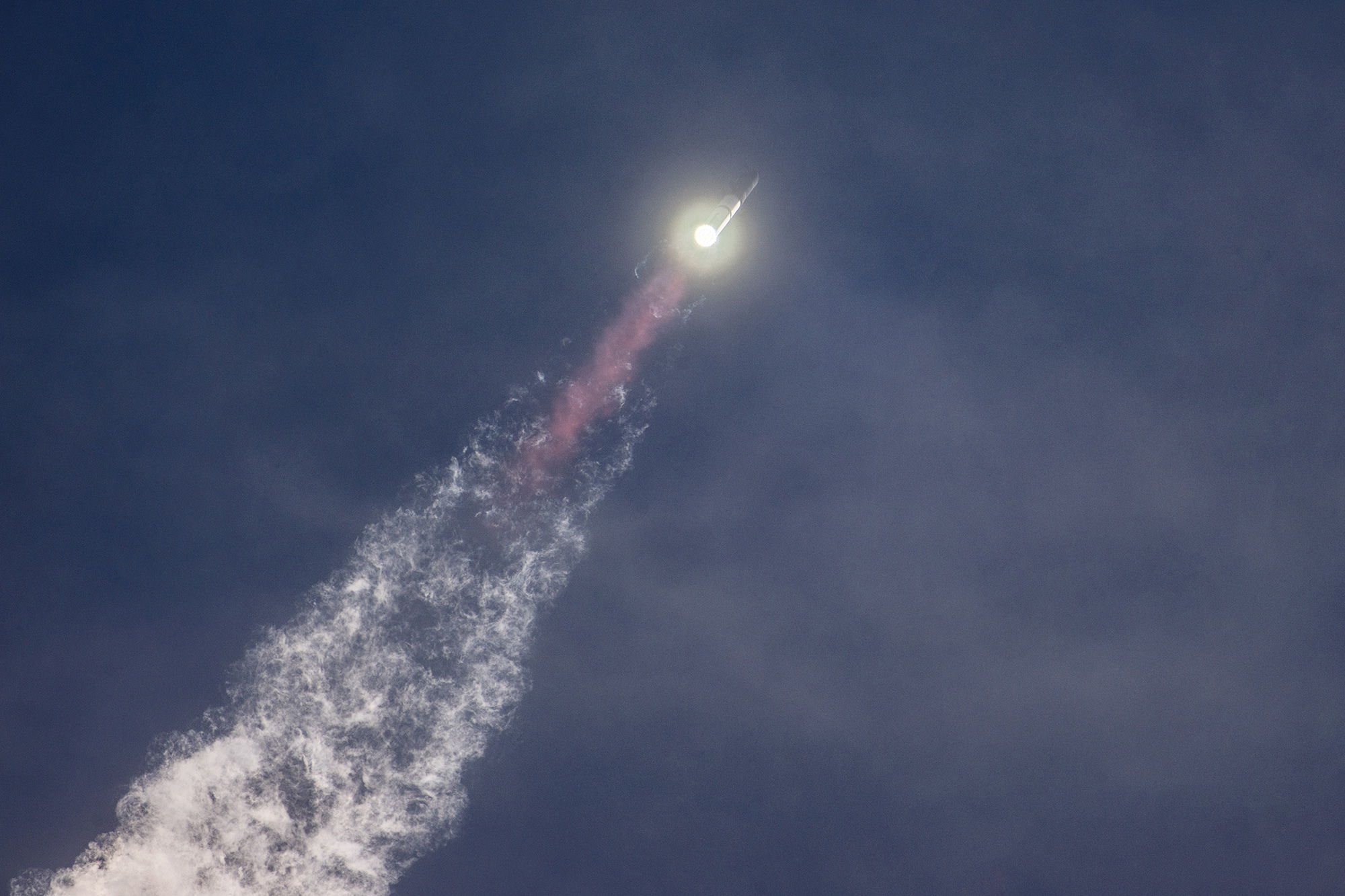
SpaceX and NASA may be busy cheering all the success achieved during Thursday’s mission, but in the eyes of the Federal Aviation Administration — which licenses commercial rocket launches — the loss of the Super Heavy booster and Starship spacecraft is still considered a setback that has to be thoroughly reviewed.
The FAA routinely oversees mishap investigations when spacecraft are lost during flight. And even though SpaceX knew going into the flight that Starship and Super Heavy likely wouldn’t survive, regulators still need to hash out what happened.
SpaceX and the FAA have had a sometimes contentious relationship, as SpaceX has said the agency’s reviews have taken longer than the company would like, delaying testing.
Musk pledges that Starship will “make life multiplanetary”
Founder and CEO of SpaceX Elon Musk reacted to the latest Starship launch on Thursday, saying the world’s most powerful rocket will “make life multiplanetary.”
He made the short comment with an accompanying photo of the rocket in a post on X, the platform formerly known as Twitter, which he owns.
Key context: SpaceX considers the Starship system crucial to its founding mission: to carry humans to Mars for the first time.
And critically, NASA has chosen Starship as the landing vehicle that will ferry its astronauts to the lunar surface on the Artemis III mission, which is slated to take off as soon as September 2026.
Musk also posted a video on X Thursday marveling at the plasma created by the extreme heat and pressure Starship endured as it moved back into the atmosphere.
SpaceX’s chief operating officer reacts: “HUGE congratulations”
SpaceX’s longtime chief operating officer, Gwynne Shotwell, shared a mission recap and some celebratory words on the social media platform X.
“HUGE congratulations to the entire team for this incredible day,” the post reads.
She also ticked through what Starship and Super Heavy accomplished.
- “Clean count (glad the shrimpers could get out in the nick of time!)” she said, referring to a smooth countdown before launch despite some wayward boats encroaching on the launch site and holding things up.
- “Liftoff, hot staging, Super Heavy boost back and coast (and likely a couple engines making mainstage during landing burn!)”
- “Clean ship ‘insertion’ and coast, payload door cycling and prop transfer demo (to be confirmed!), and ship entry!”
Even though Starship was lost, it reached new heights. Catch up here
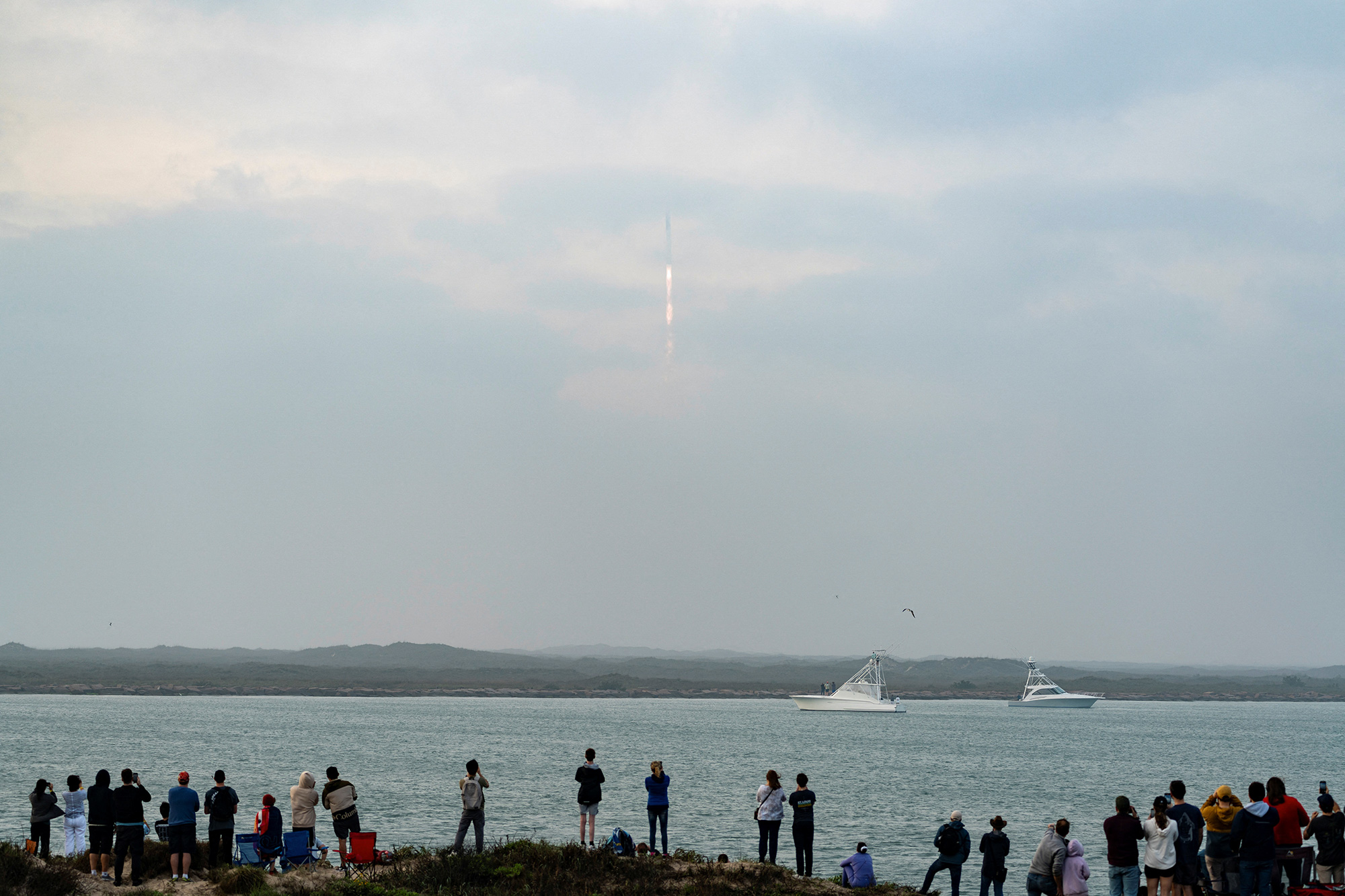
SpaceX’s Starship rocket launched on its third test flight from the Starbase facility in Boca Chica, Texas, and achieved multiple milestones Thursday morning before likely breaking apart.
Get up to speed:
- The Starship spacecraft made it to orbital speeds.
- Both the Starship spacecraft and Super Heavy rocket booster made it much further into flight than during two previous tests in 2023.
- SpaceX completed a propellant transfer demonstration, and Starship’s payload doors were tested. It’s too early to say if they’re wholly successful, as engineers said they need to review some data.
- SpaceX did not re-light Starship’s engines as expected, but the webcast offered stunning views of the spacecraft plunging back into the atmosphere.
- It’s not clear if the Super Heavy booster landed in one piece.
- The Starship spacecraft was destroyed, and SpaceX lost communication earlier than expected. But SpaceX never sought to recover the vehicle; it was intended to crash land.
NASA chief congratulates SpaceX
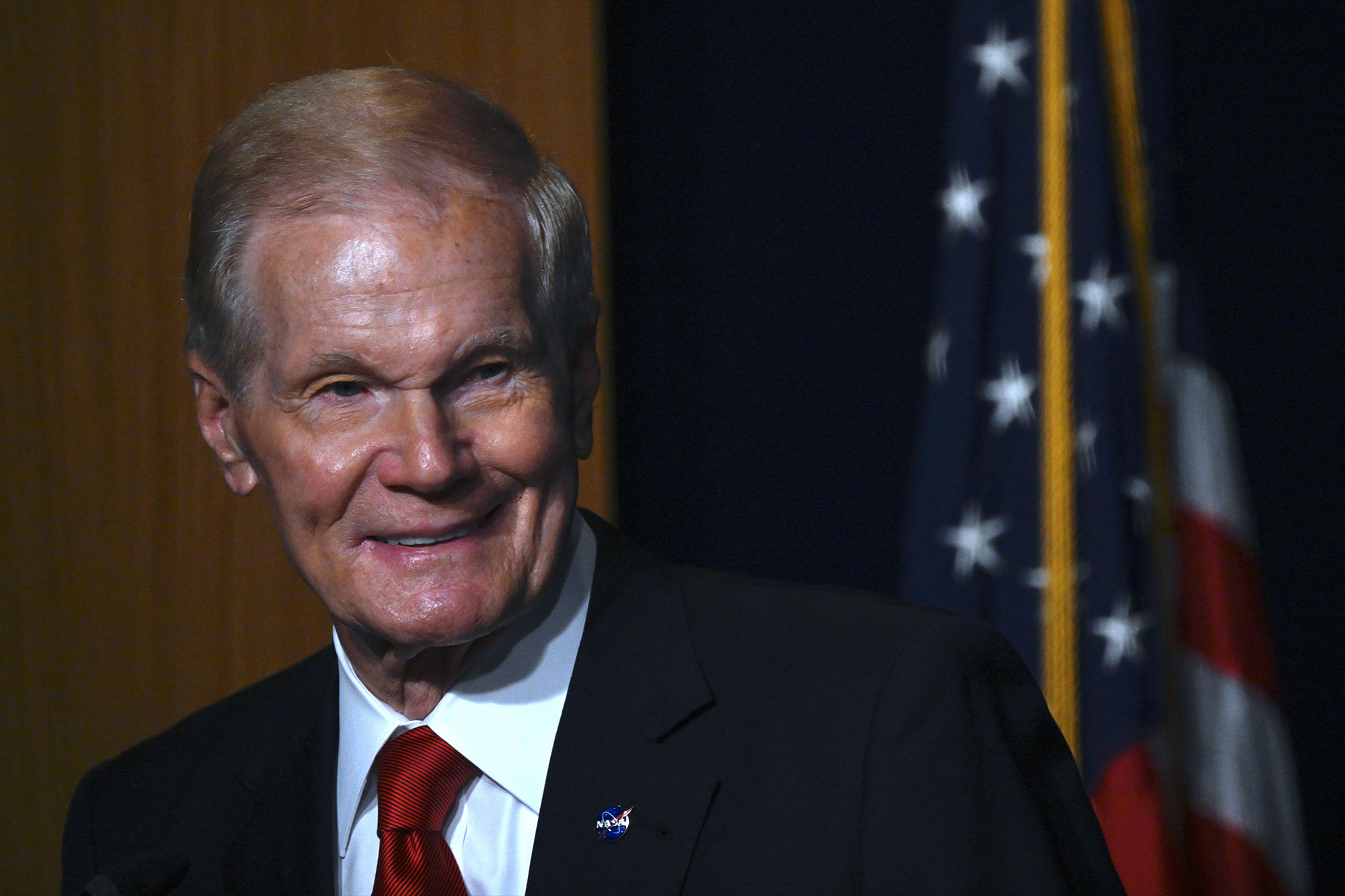
NASA Administrator Bill Nelson offered cheers to SpaceX for its monumental flight test.
Though the fate of the Starship spacecraft and booster is uncertain, SpaceX never intended to recover either vehicle after this mission.
Even before the flight, SpaceX noted that Starship’s fate wouldn’t be certain, saying only “Excitement guaranteed!”
Remember: Starship is a critical component of NASA’s Artemis program. The spacecraft is the vehicle selected to land US astronauts on the moon as soon as September 2026.




